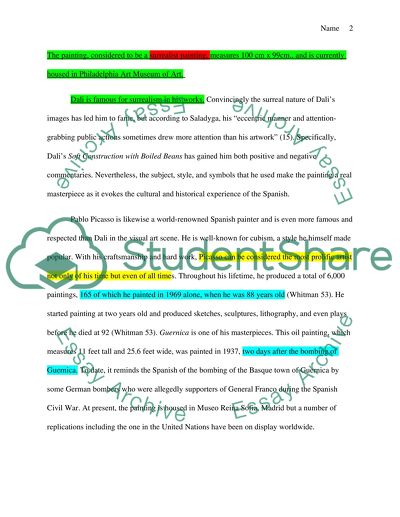Cite this document
(“Salvador Dali and Pablo Picasso Term Paper Example | Topics and Well Written Essays - 2750 words”, n.d.)
Retrieved from https://studentshare.org/visual-arts-film-studies/1442262-salvador-dali-and-pablo-picasso
Retrieved from https://studentshare.org/visual-arts-film-studies/1442262-salvador-dali-and-pablo-picasso
(Salvador Dali and Pablo Picasso Term Paper Example | Topics and Well Written Essays - 2750 Words)
https://studentshare.org/visual-arts-film-studies/1442262-salvador-dali-and-pablo-picasso.
https://studentshare.org/visual-arts-film-studies/1442262-salvador-dali-and-pablo-picasso.
“Salvador Dali and Pablo Picasso Term Paper Example | Topics and Well Written Essays - 2750 Words”, n.d. https://studentshare.org/visual-arts-film-studies/1442262-salvador-dali-and-pablo-picasso.


